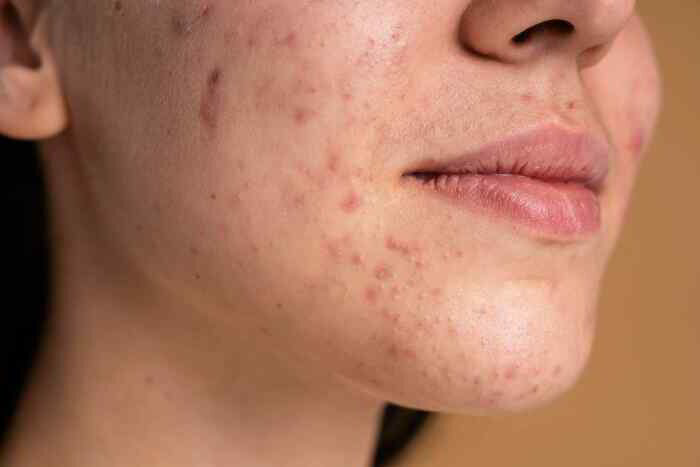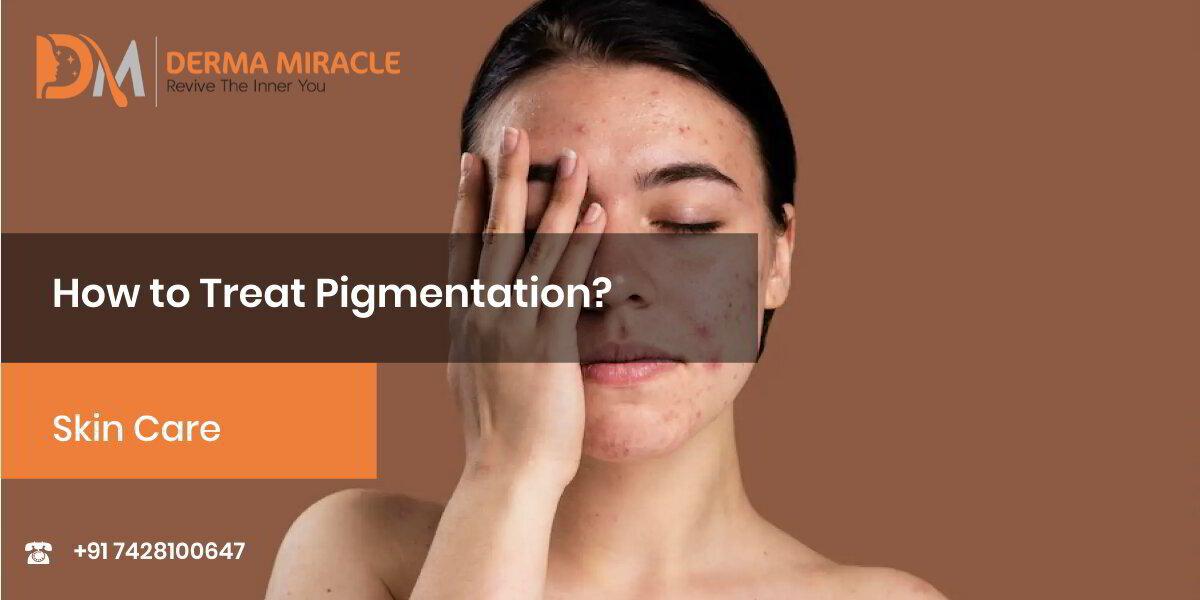
Table Of Content
What Is Pigmentation?
Pigmentation
is the process by which colour is added to the skin. It is a complex process that involves the production of melanin, a pigment that gives skin its colour. Melanin is produced by cells called melanocytes, which are found in the lower layer of the skin. The amount of melanin produced by these cells determines the final colour of the skinPigmentation can be affected by a number of factors, including exposure to sunlight, hormones, and certain drugs. In some cases, pigmentation can also be a sign of an underlying health condition. For example, an increase in pigmentation may be a symptom of Addison’s disease or hormonal imbalances. A decrease in pigmentation can also occur as a result of certain medical conditions, such as vitiligo or albinism.

Types Of Pigmentation
There are two main types of pigmentation: primary and secondary. Primary pigmentation is the result of an increase in melanin production, while secondary pigmentation is the result of a decrease in melanin production.
- Primary pigmentation can be further divided into two subtypes: eumelanin and pheomelanin. Eumelanin is a dark brown or black pigment that gives skin its typical colour. Pheomelanin is a red or yellow pigment that is responsible for the colour of freckles, red hair, and certain types of skin cancer.
- Secondary pigmentation can also be divided into two subtypes: hypopigmentation and hyperpigmentation. Hypopigmentation is a lightening of the skin due to a decrease in melanin production. This can be caused by a number of factors, including certain medical conditions, such as vitiligo or albinism. Hyperpigmentation is a darkening of the skin due to an increase in melanin production. This can be caused by a number of factors, including exposure to sunlight, hormones, and certain drugs.
Also Read : How To Reduce Premature Skin Ageing: The Best Tips And Tricks

The Best Way To Treat Pigmentation
There is no one-size-fits-all answer to the question of how to treat pigmentation. The best approach will depend on the type and severity of the pigmentation. Below are just some of the ways that pigmentation can be treated:
- Topical Treatments: Topical treatments are applied to the skin and can be in the form of creams, gels, or serums. These treatments can help to lighten or darken the skin, depending on the active ingredients.
- Chemical Peels: Chemical Peels: are a type of exfoliation that uses chemicals to remove the top layer of the skin. This can help to improve the appearance of pigmentation by revealing new, unblemished skin.
- Laser Therapy: Laser Therapy: uses concentrated beams of light to target pigmented areas of the skin. This can help to lighten or remove the pigmentation.

Conclusion
If you are concerned about pigmentation, it is best to speak to a Dermatologist or other medical professional. They will be able to assess your individual case and recommend the best course of treatment.
CONSULT DEMAMIRACLE
How To Treat Pigmentation
ACT BEFORE IT’S TOO LATE

FREE CONSULTATION AVAILABLE
Contact Us
